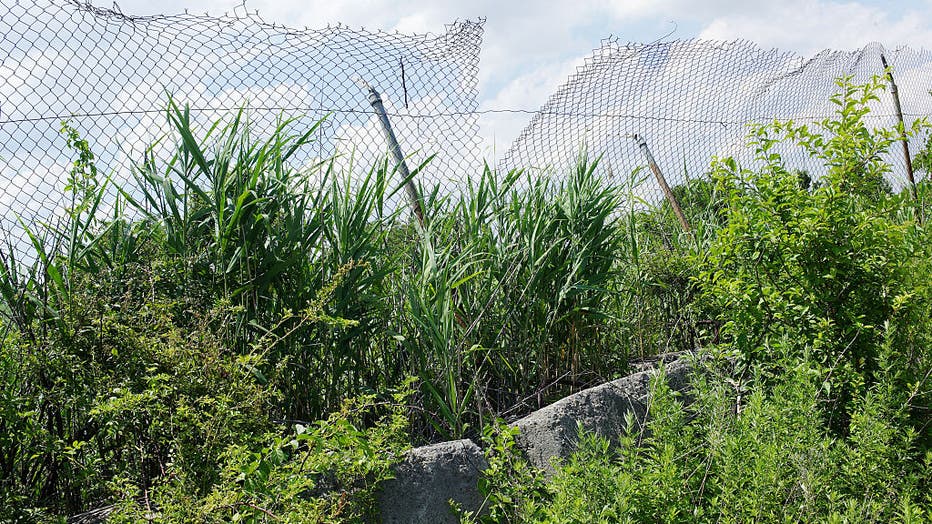World's largest landfill becomes second-largest park in NYC, now open to the public

Mayor Adam's announces new park in Staten Island
Mayor Adams opened the North Park section of Freshkills Park in Staten Island — the first section inside the former Fresh Kills Landfill site to open to the public.
STATEN ISLAND - "We all remember this Freshkills. It was nothing fresh about the smell that came out here. It killed," said Mayor Eric Adams.
Mayor Adams announced the opening of the first section of Freshkills Park in Staten Island--formerly the world's largest landfill, to the public on Sunday.
The 21-acre space in the North Park section will become the second-largest park in the five boroughs, for what the city is calling; a symbol of urban renewal.
According to the park's website the entire Freshkills Park is nearly three times the size of Central Park and the largest park to be developed in New York City in over 100 years.

(Original Caption) Staten Island, New York: Freshkills Landfill the worlds largest landfill, processes 15,000 tons of trash per day. (Photo by James Leynse/Corbis via Getty Images)
The transformation of Freshkills Landfill is a part of a $2 million fund from the New York State Environmental Protection Fund and the state’s Local Waterfront Revitalization Program (LWRP).
The landfill closed back in 2001 and construction began in 2008.
"I vowed before taking office that under an Adams administration, Staten Island would no longer be the forgotten borough…," Mayor Eric Adams said Sunday.

Freshkills Park in Staten Island occupies what used to be the largest landfill in the world, and where New York City dumped all of its trash. Closed in 2001, the area is now being developed into a 2,200 acre park three times the size of Central Park.
According to the Mayor's office the opening will offer views of the hills and waterways. This will include access to the William T. Davis Wildlife Refuge and plenty of areas designated to birdwatching.
There will also be walking paths, cycling lanes and public parking.
In order to stay on brand with the Parks' Departments push to promote environmental responsibility, the restrooms will not use any water.
That's right, waterless restrooms.

The New York City parks department offers the public a chance to view the new Fresh Kills Park, built on top of what used to be the largest trash dump in the world. The park, an example of a huge urban engineering project in its transformation, will
Instead, they have been designed to turn waste back into compost for the soil. The restrooms will also run off of solar panels, as well as the parking lots on site.
This is the first phase of reconstruction for the park. The entire park isn't expected to be complete until 2036.
Read more here.

